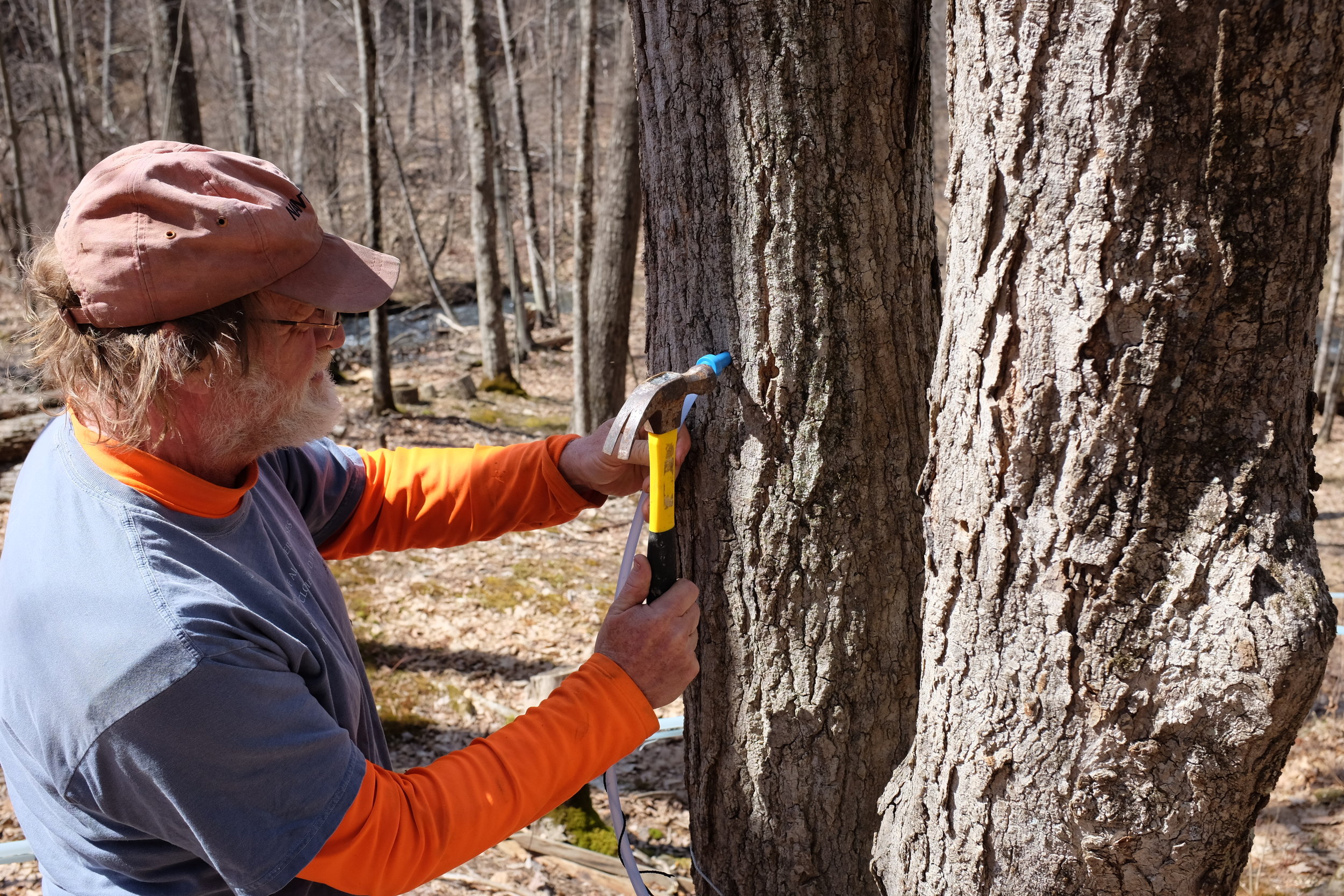Winter Solstice two days past now and one day past the full moon — winter is surely here. The 2018 salt season wrapped up in late October — most productive season yet with almost a half ton of sea salt made. Expanded the works in May by about 50% to accommodate a large early season bulk order. Weather on the Cape was quite dry this season though areas not far to the west off Cape had a rather wet summer — the thunder storms drenching them having a hard time making it over Buzzards Bay. Not great for the farmers (Matt and Jenny) who own and work the farm where my salt works are and who seemed to need to irrigate their veggie crops pretty much everyday — but very good for salt-making.
Looking at my salt log the other day, I can see the steep reduction in daily production that becomes more and more noticeable around mid-August — the summer temps are still quite warm but the sun angle and duration are sharply declining (now about a month before Autumnal Equinox). Its a reminder that by warm August’s end we’re getting the same insolation as still cold early April when maple sugaring is just wrapping up.
The dry 2018 summer though gave way to a wet fall. This was fine and timely for the end of salt-making season, but created very wet and muddy conditions in the woods in the Hudson Valley at Germantown, which put the ‘kibosh’ on early autumn firewood gathering for the 2019 maple season. So that necessary activity was pushed off until after Thanksgiving and into early December. The inconvenient factors then become snow, ice, and the mixed blessing of cold freezing temperatures. Trees downed and bucked in the Spring are now buried in snow and frozen to the ground. Bushwacking with the old 1986 4WD Toyota pick-up in the woods in deep snow, even with chains on all 4 wheels is … challenging. For example, managed to get the truck stuck in the frozen creek for a day while fording it with a full load of wood on board — rear flat tire — my boots full of creek water — and sun setting over the Catskills.
But once the wet muddy ground solids up after a few continuous days of sub-freezing temps, driving, walking and wood-gathering become much easier. However, every morning the truck wheels are now frozen tight with yesterday’s mud and creek crossings and require an extra hour’s “unfreezing” remediation underneath the truck to get the wheels unstuck and so comes the mixed part of the blessing. The freeze up occurred in the first week of December, after the arduous November bog and slog, and so finally got in our requisite ten cords of sugarwood — rich in red cedar, but plenty of pine, ash, hickory, cherry, oak and some oranged wood hawthorne for good measure.
This last week, back on the Cape, just starting to collect seawater for winter brine-making for the 2019 salt season. One season ends, and two seasons begin. Keeping the maple salty and the salt sweet.
